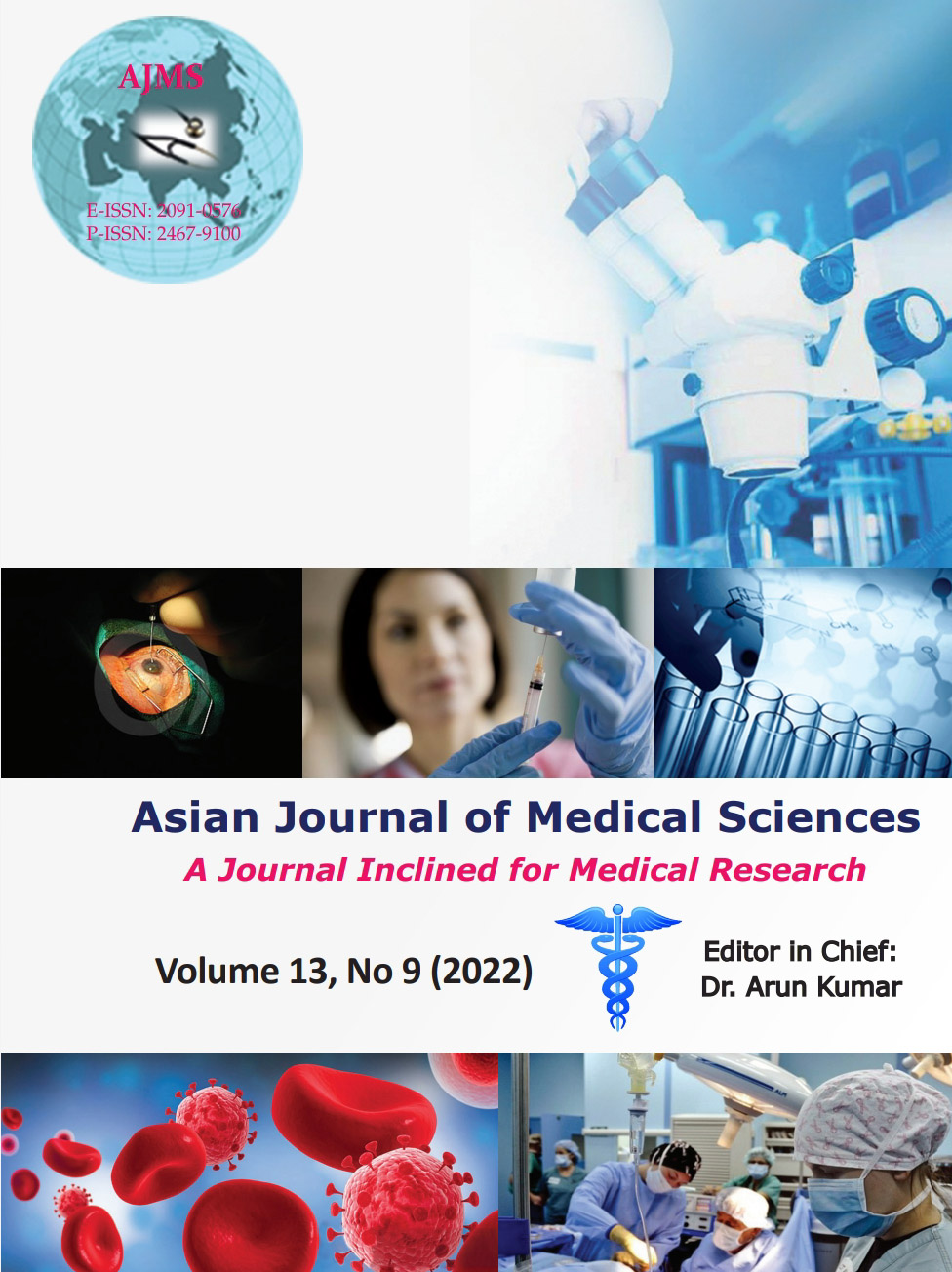Classification of ≥80-year-old individuals into healthy, moderately healthy, and frail based on different frailty scores affects the interpretation of laboratory results
Keywords:
Aging; Frail elderly; Analyte; Reference interval; Clinical interpretationAbstract
Background: Interpretation laboratory analyses are crucial when assessing the patient’s condition. Reference intervals from apparently healthy and disease-free individuals may cause problems when outcomes from elderly patients with chronic diseases and on medications are being interpreted. Elderly individuals are a heterogeneous group ranging from individuals managing their daily life independently to individuals with diseases and impairment, in need of nursing care around the clock, that is, frail; a term widely used although there is no consensus on the definition.
Aims and Objectives: The aim of the study was to study the effect of classification of elderly into healthy, moderately healthy, and frail, based on activities of daily living (ADL) and Mini-Mental State Examination (MMSE) or frailty index (FI), on the interpretation of outcomes regarding: Albumin, alanine aminotransferase (ALT), aspartate aminotransferase (AST), creatinine, and gamma-glutamyltransferase (γ-GT) levels.
Materials and Methods: Individuals ≥80 years (n=568) were classified either on ADL and MMSE or number of deficits, (FI).
Results: Individuals classified as frail based on FI had lower mean levels for ALT, creatinine and γ-GT than individuals classified based on ADL and MMSE (P<0.05).
Conclusion: The model to define health status to some extent affected laboratory analyte levels in ≥80 years old, classified as healthy, moderately healthy, and frail based on ADL and MMSE versus FI.
Downloads
Downloads
Published
How to Cite
Issue
Section
License
Copyright (c) 2022 Asian Journal of Medical Sciences

This work is licensed under a Creative Commons Attribution-NonCommercial 4.0 International License.
Authors who publish with this journal agree to the following terms:
- The journal holds copyright and publishes the work under a Creative Commons CC-BY-NC license that permits use, distribution and reprduction in any medium, provided the original work is properly cited and is not used for commercial purposes. The journal should be recognised as the original publisher of this work.
- Authors are able to enter into separate, additional contractual arrangements for the non-exclusive distribution of the journal's published version of the work (e.g., post it to an institutional repository or publish it in a book), with an acknowledgement of its initial publication in this journal.
- Authors are permitted and encouraged to post their work online (e.g., in institutional repositories or on their website) prior to and during the submission process, as it can lead to productive exchanges, as well as earlier and greater citation of published work (See The Effect of Open Access).




